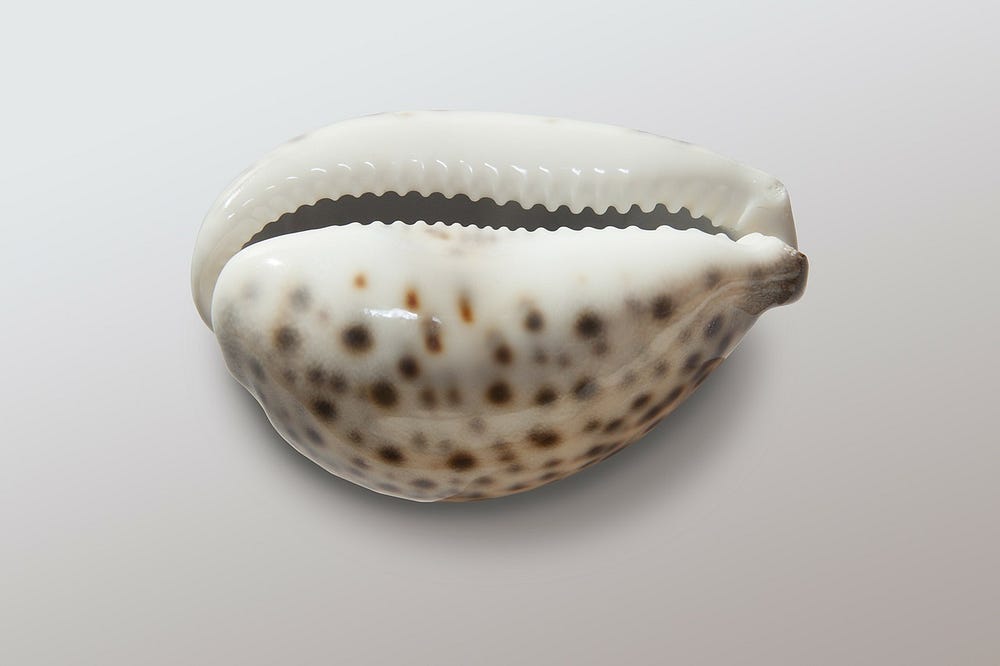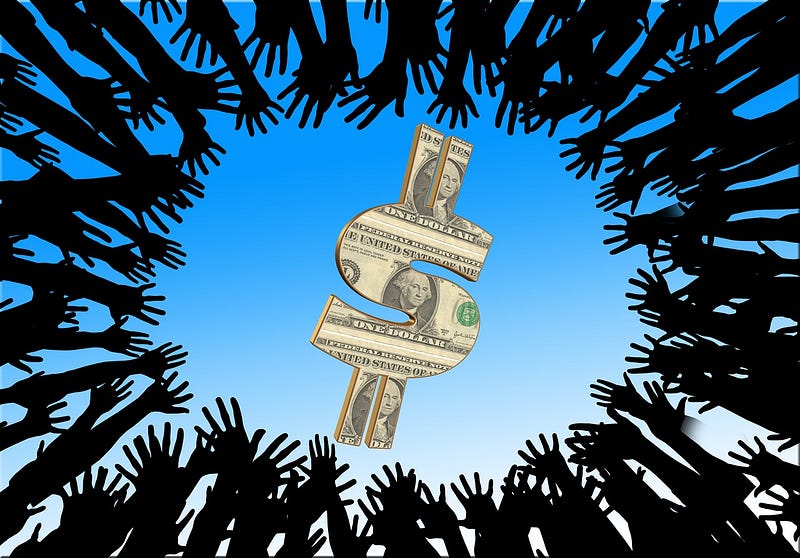 |
| Roman empire was one of the first ancient civilizations to use coins |
What is Money and How it is different than Currency?
On Nov 8 2016, the Prime Minister of India announced that 500 and 1000 Rs currency notes will not be a 'Legal Tender' or in simple words won't be considered as valid 'Money'. Till that point a billion people had taken these economic terms as granted. Frantically everyone started researching on it, experts showered their knowledge and it was chaotic in initial days.
To understand Bitcoin, it is imperative to know the meaning of some very simple economic terms.
It is important to understand what exactly we mean by the word ‘Money’ and how it is different to ‘Currency’
If you actually think about it then you will realize that ‘Money’ is imaginary, unreal and intangible . Currency is a representation of money in a particular geographic region. Currency is printed but money is created. While money stores the intrinsic value within itself, currency possesses buying power bestowed upon it by the government.
Money is an intermediary between product and services that people want to trade
The 3 main functions of currency are -
- Medium of Exchange: Currency satisfies the parameters of being durable, transportable, divisible, low level of counterfeitness and fungible.
- Unit of Account: Measurement of goods, services etc and has a stable value over longer periods of time (like 50–100 years).
- Store of Value: Other than money even gold, silver etc are good stores of value
 |
| USA Currency Note clearly states that `Note is Legal Tender for all Debts, public and private` |
What is a Legal tender
A US $ Bill states that “This Note is legal tender for all debts, public and private”. But what does ‘Legal tender’ actually mean? The concept of legal tender is often misunderstood. Contrary to popular opinion, legal tender is not a means of payment that must be accepted by the parties to a transaction, but rather a legally defined means of payment that should not be refused by a creditor in satisfaction of a debt.
- Bank of England is the only bank authorized to issue banknotes in England and Wales and its notes are legal tender in both.
- In Scotland and Northern Ireland, 7 banks can issue notes but they are not legal tender anywhere the UK, not even in Scotland and Northern Ireland. They are just legal currency and may or may not be accepted by a merchant. Legal tender in Scotland is limited to coin.
We will now try to understand different forms of money used since ancient times and why each, including modern money, failed and hence the need and rise of digital currencies like Bitcoin
Before visiting 'History of Money' let us first catch glimpse of How the future of money will be like in this 30 second video.
This is an excerpt from an interview of Mr. Anil Bokil whose organisation is the brainchild behind demonitization. I apologize as it is in Marathi, so some of you might not understand. In this video Mr. Bokil clearly says that future of India (or probaly the world) is 'Single Currency'. He later on says that future is 'Digital Money' and not 'Currency'. This is different than online and mobile banking. This is probably the first direct reference to a crypto currency like Bitcoin by a prominent Indian economist.
Before we learn the future, it is important to understand each Financial System in History and why it failed and hence the need for an alternative.
Barter system and why it failed
All ancient civilizations had barter system before the invention of coinage. It failed for 2 primary reasons.
- With trade expanding across geographies value of 1 product varied on a huge scale in different regions Eg: Early tribes in India relied on pig meat as one of the forms of exchange which worked fine within their area but tribes in neighboring regions didn’t consume meat.
- The Double Coincidence of Wants problem: Eg: Rani is mango trader and sells them in the summer season and Rupali is an orange trader who sells them in the winter season. If Rani and Rupali want to trade mango for orange, then they can do only when fruits are both available at the same time and place and both are willing to carry forward the trade with the mutually agreed exchange rate (Eg: 20 mangoes for 10 oranges). That may be a very brief time, or it may be never.
Interestingly even today countries sign trade deals which are somewhat like Barter system.
In 2007, U.S. & Indian Govt had agreed that Harley-Davidson motorcycles will be allowed access to the Indian market in exchange for the export of Indian mangoes :) ( Source : Wiki)
 |
| Cowrie shells were used as money by some ancient civilizations |
Primitive forms of money and why they failed
Some examples of primitive money are
- Whale teeth
- Cattle
- Beads
- Grain
- Tobacco
- Cowry shells
They could not satisfy either some or all of the function of a good medium of exchange as mentioned in above section.
There is another form of primitive money which was practiced on Yap islands in Pacific ocean but we will cover this in later sections (‘What is Bitcoin’ ) as it bears a striking resemblance to the concept of Bitcoins or digital currency in general.
Problems with Early coins
I met people from different ethnicities in my travels around the world and each took extreme pride in claiming that theirs was one of the first civilization to use coins :). Greeks, Chinese, Romans — all of them used coins. As Indians we should say it out loud and with pride that — “The English word cash is derived from the Tamil / Malayalam (two South Indian Dravidian Languages) word ‘kasa’ meaning money.” 😊 (Source: Wiki )
Typical problems were -
- Gresham’s Law of “bad money drives out good.” Earlier coins were from precious metals like gold and silver. But soon people realized that the collective value of melting a large amount of coins was much higher than the total face value of all coins used in melting. This lead to flooding of market with fake coins from cheap metals
- Malpractices like and counterfeiting was easy
- Value of metals used for the coins changes over time
We will continue this discussion in Part 2



